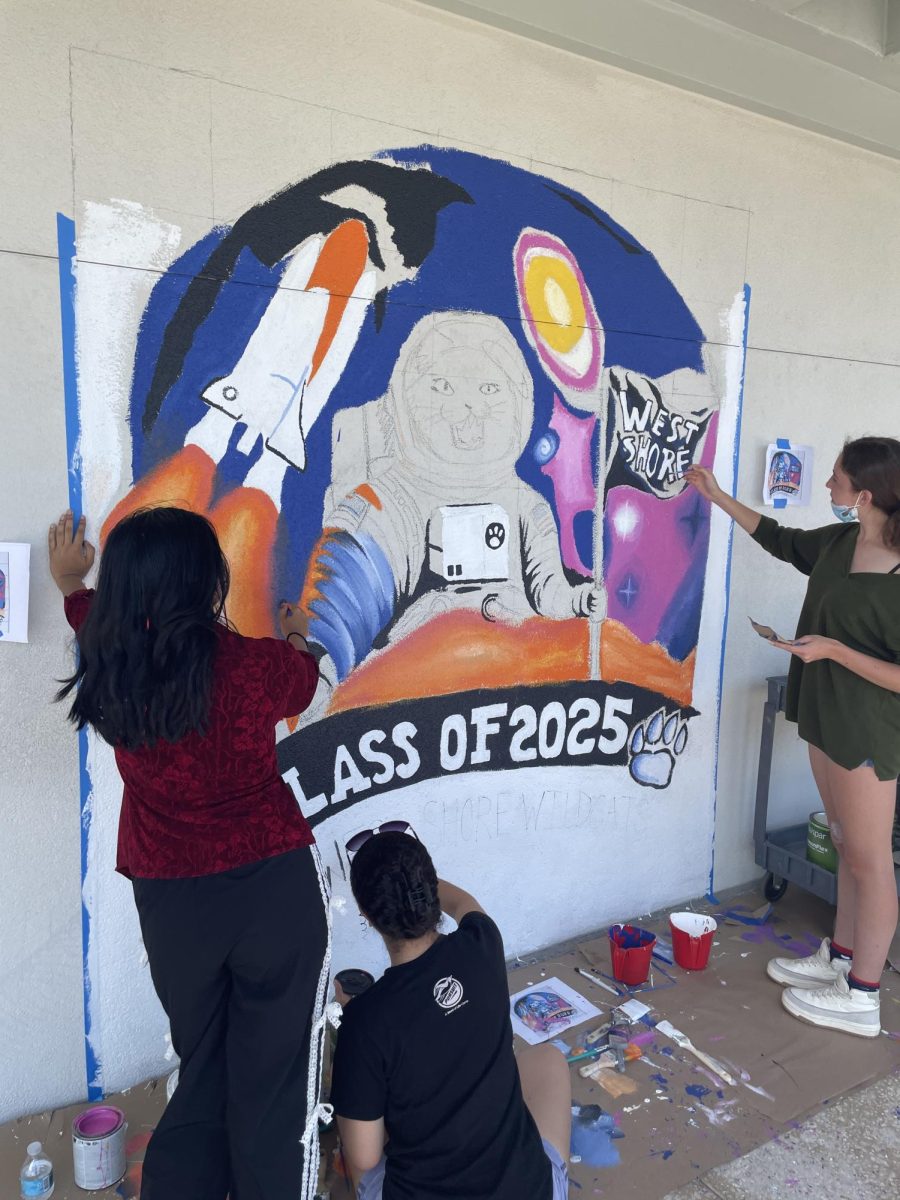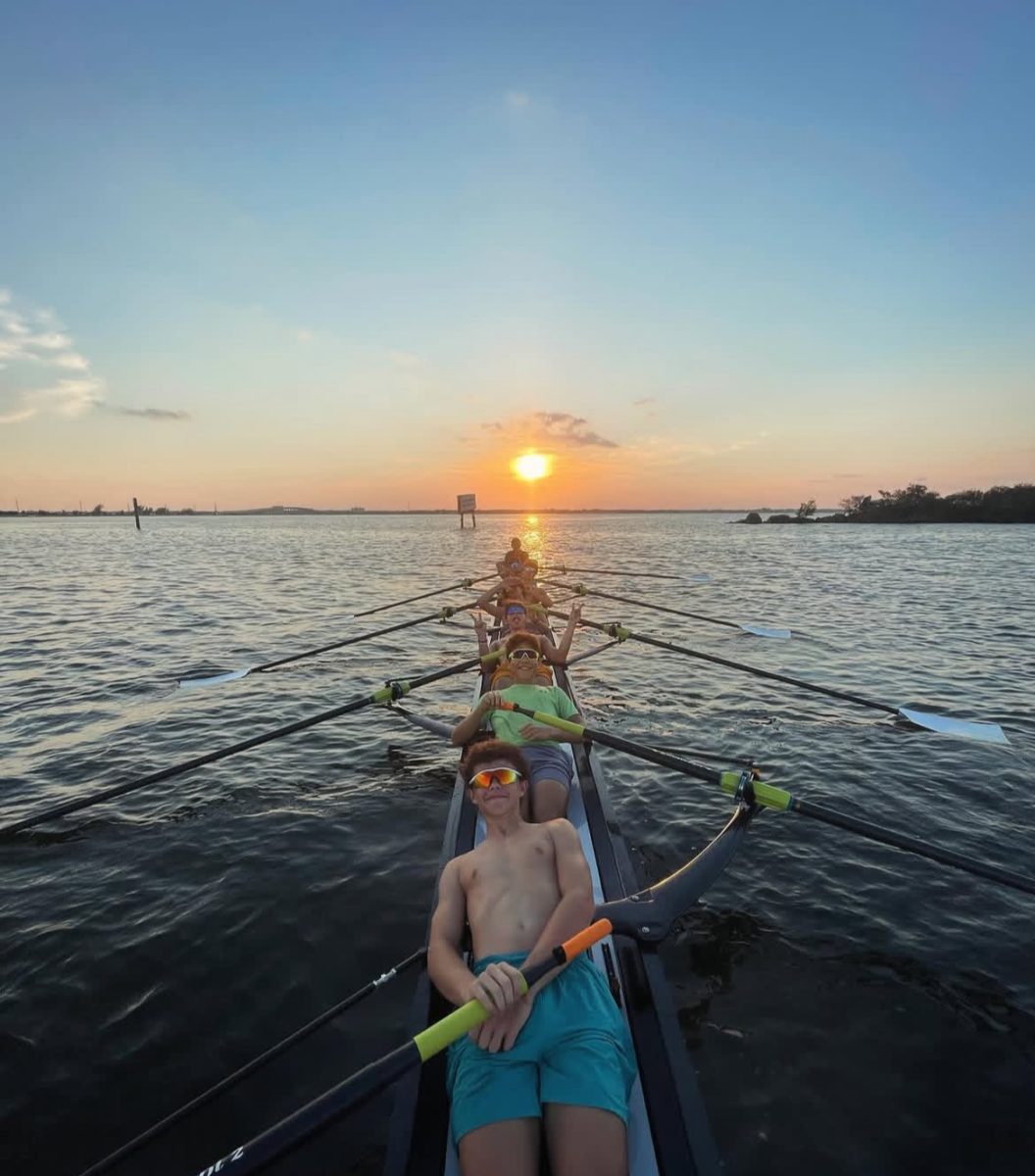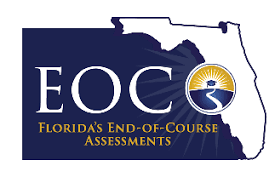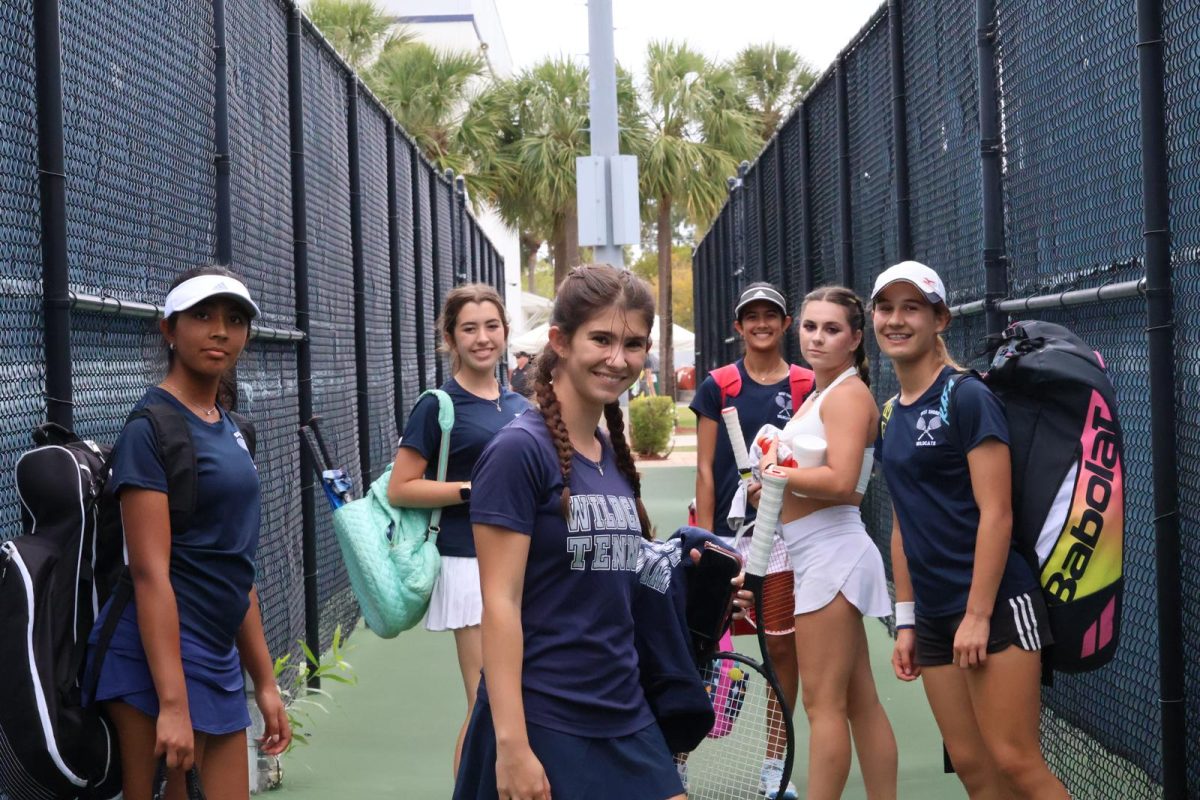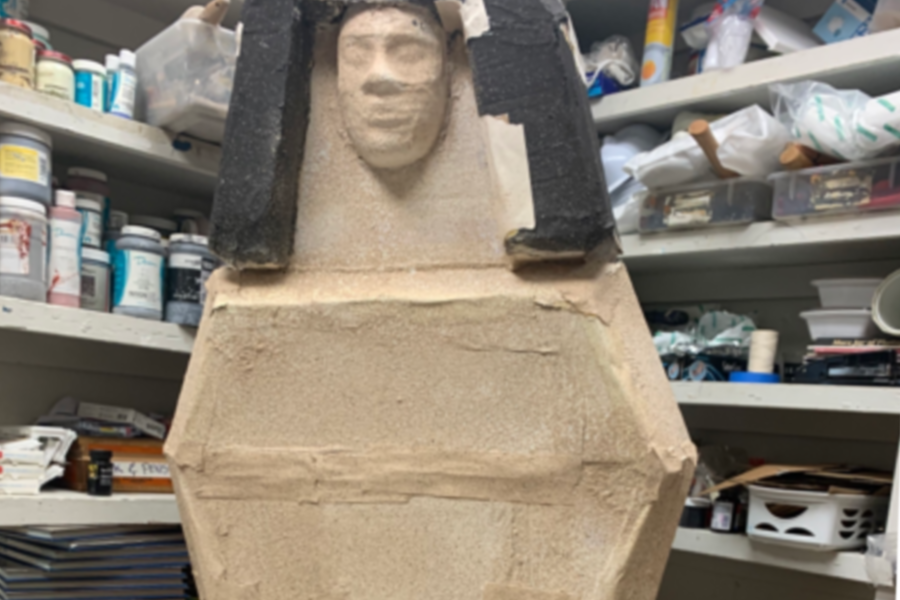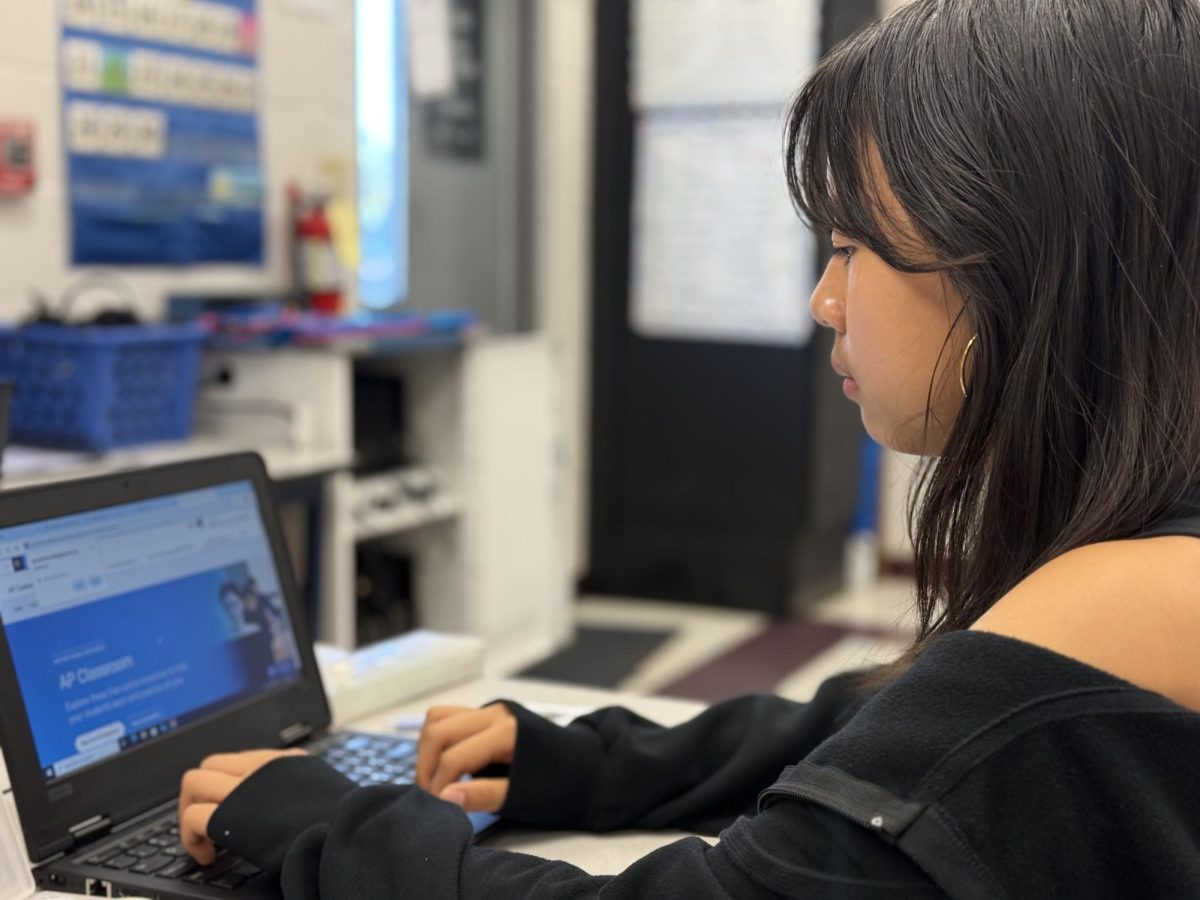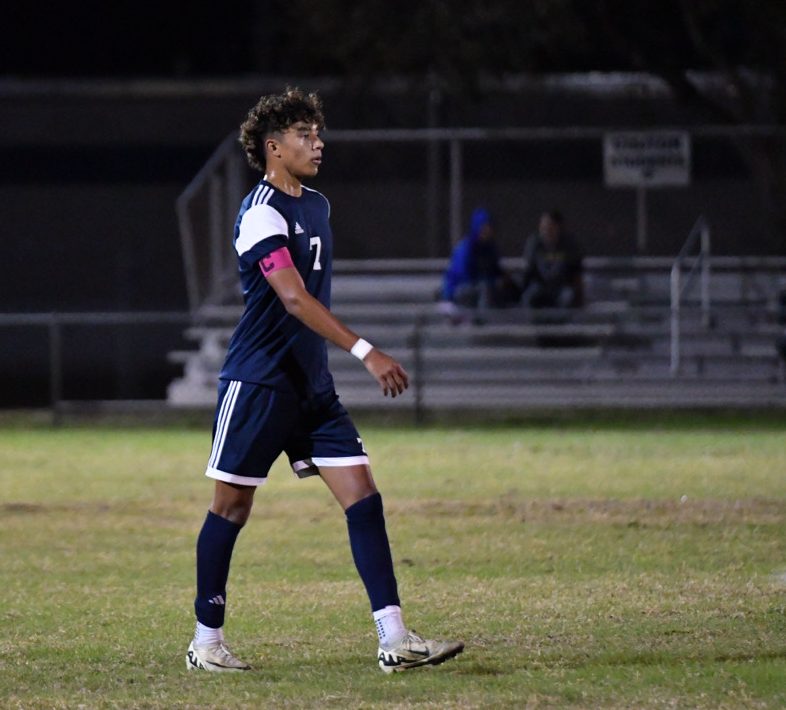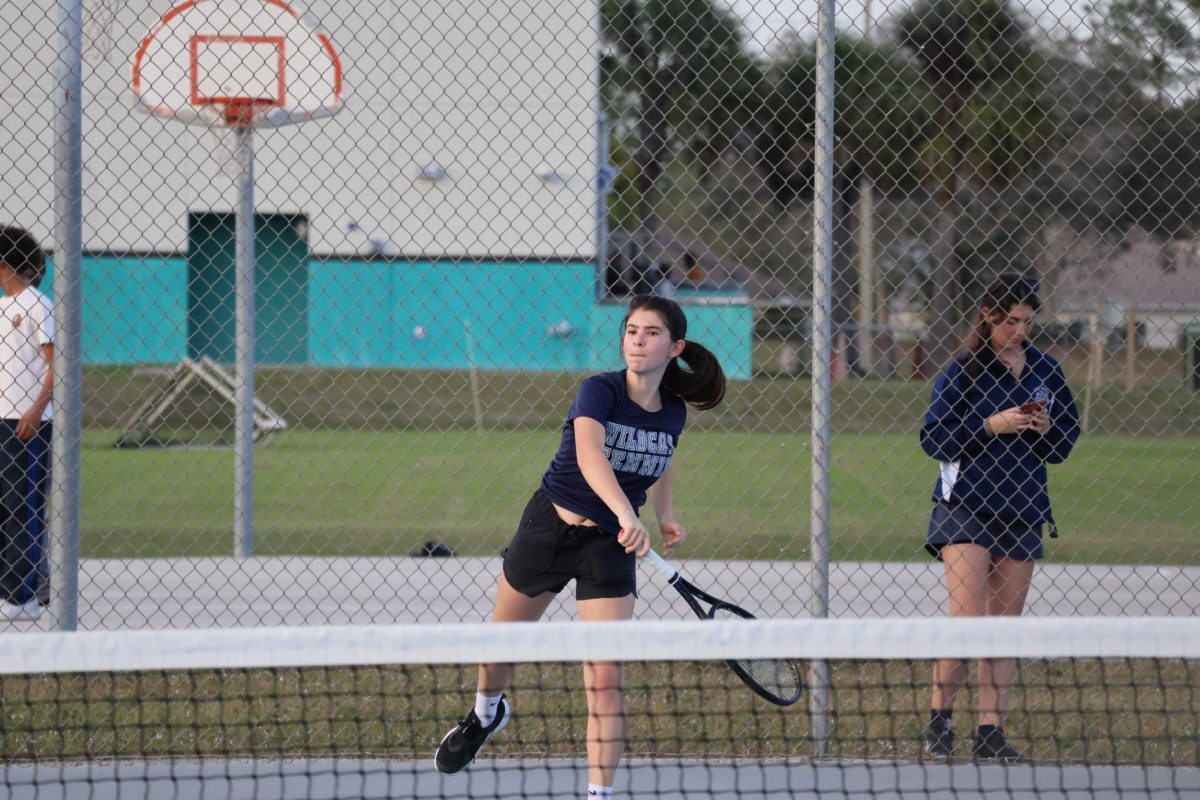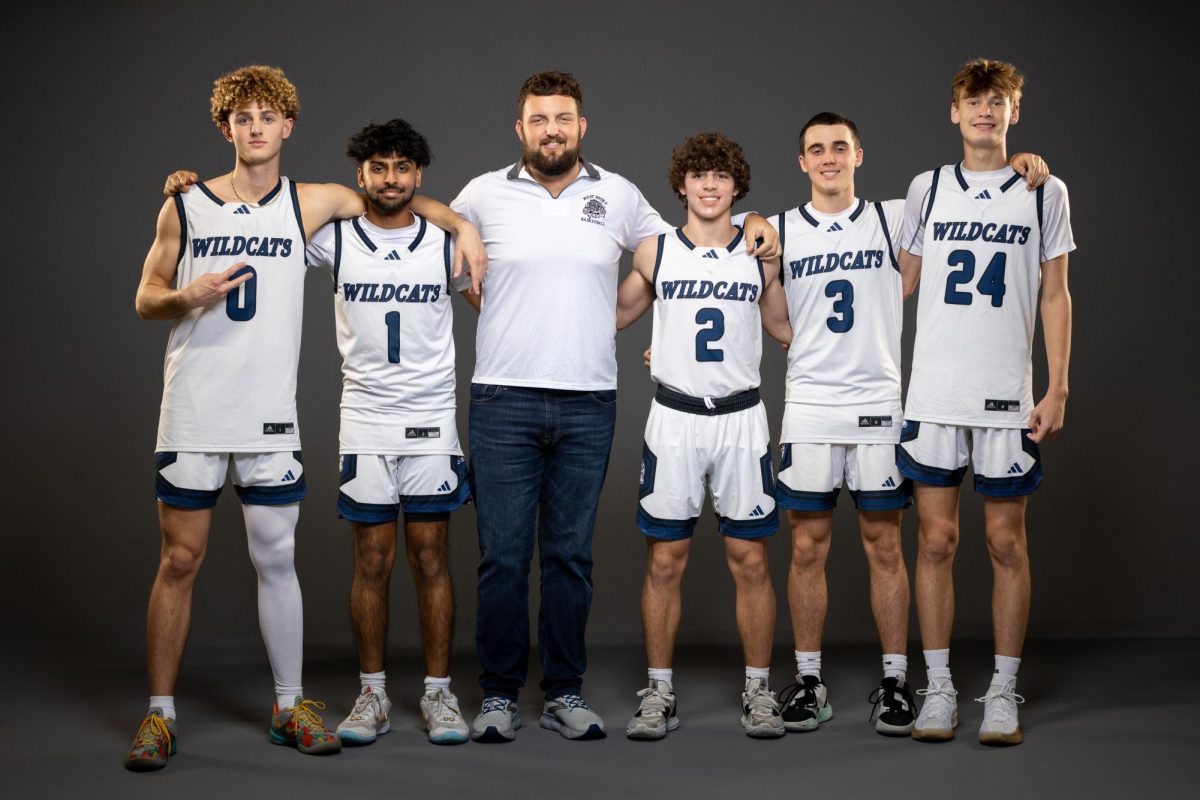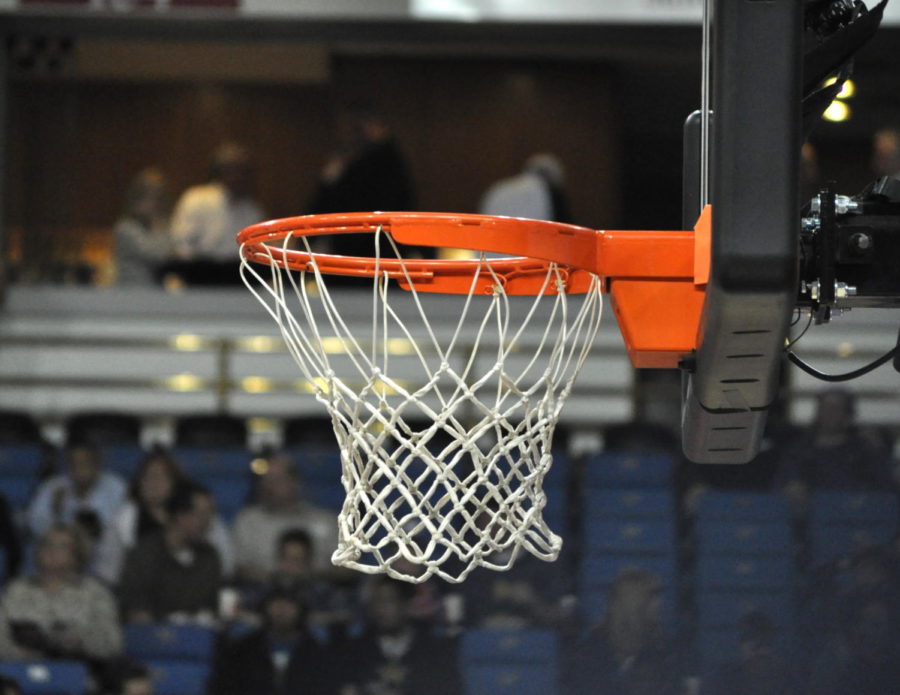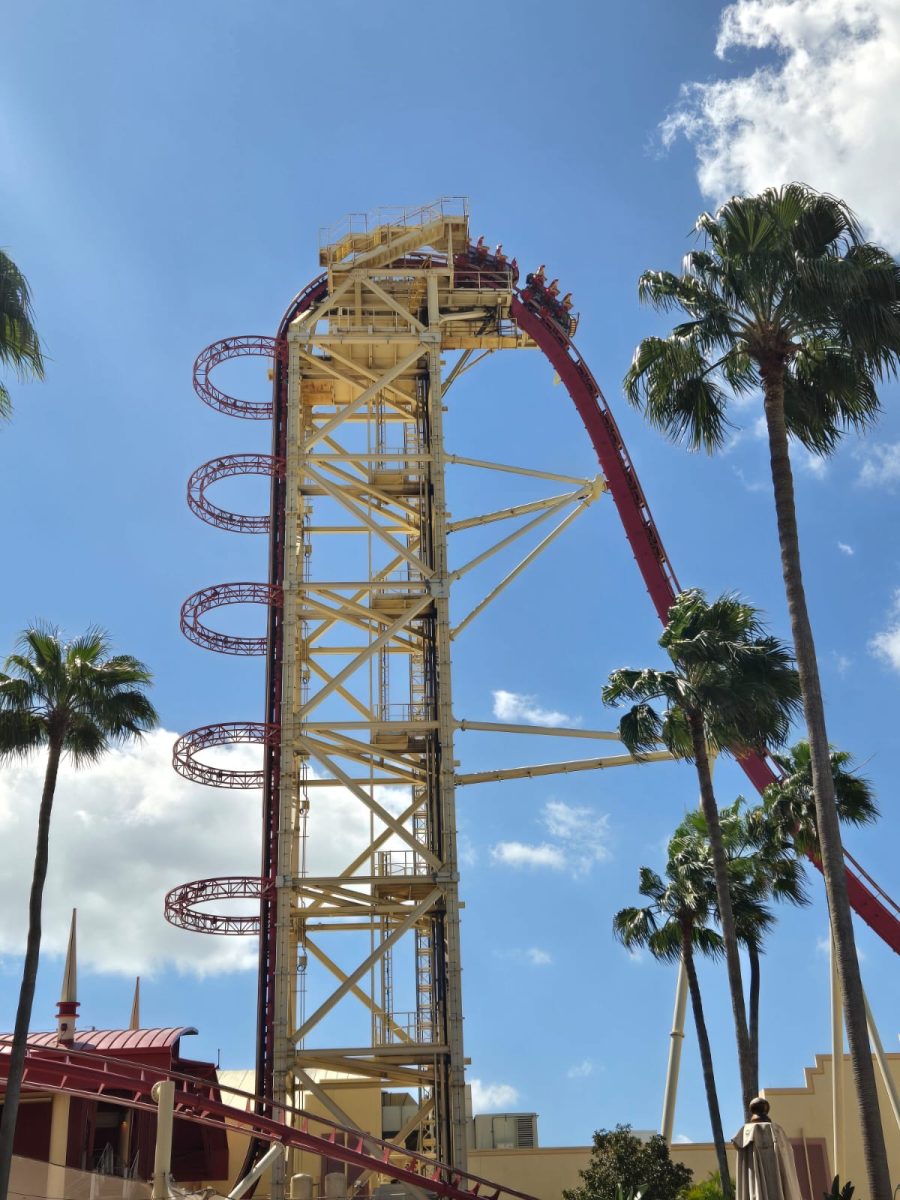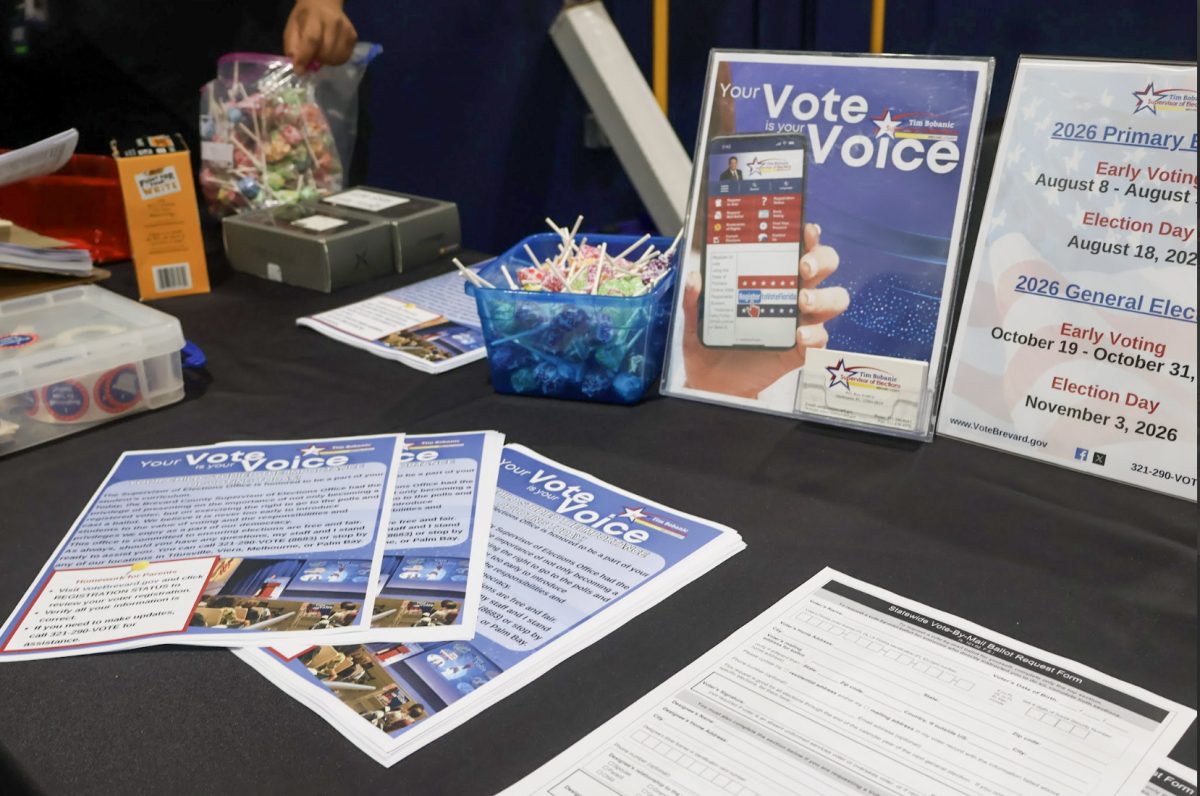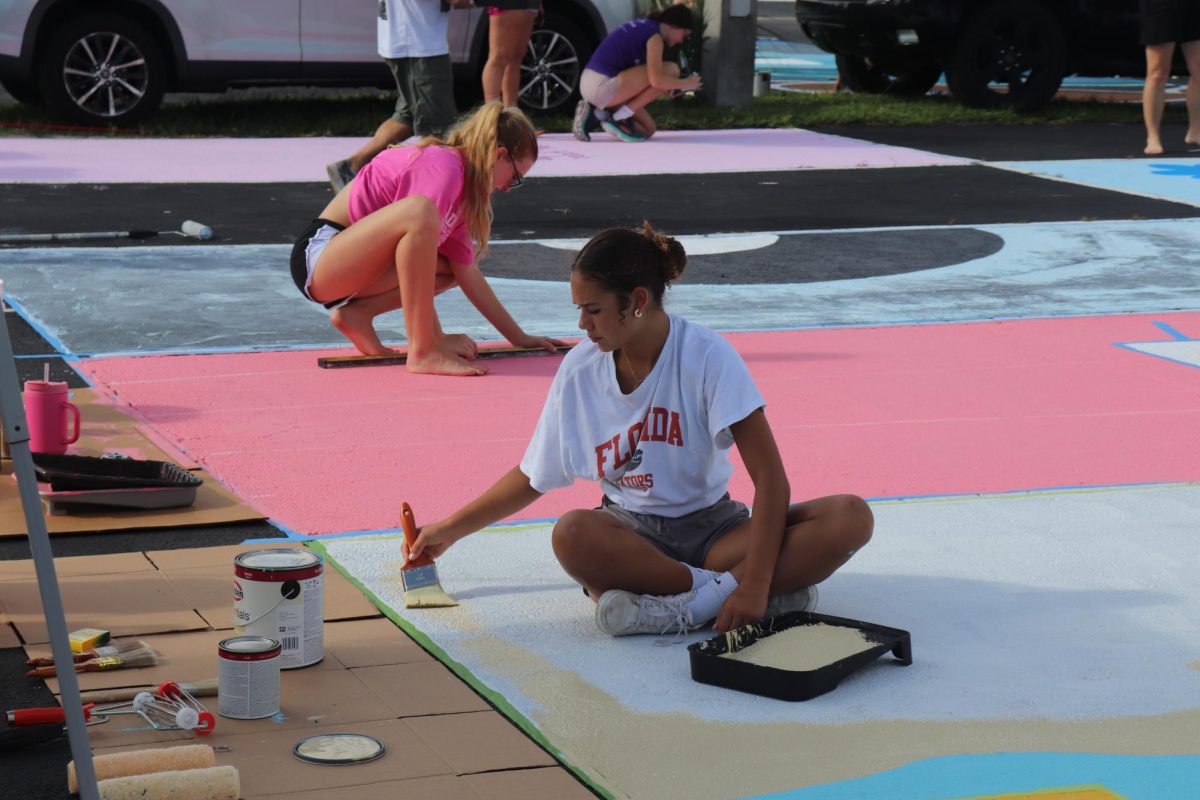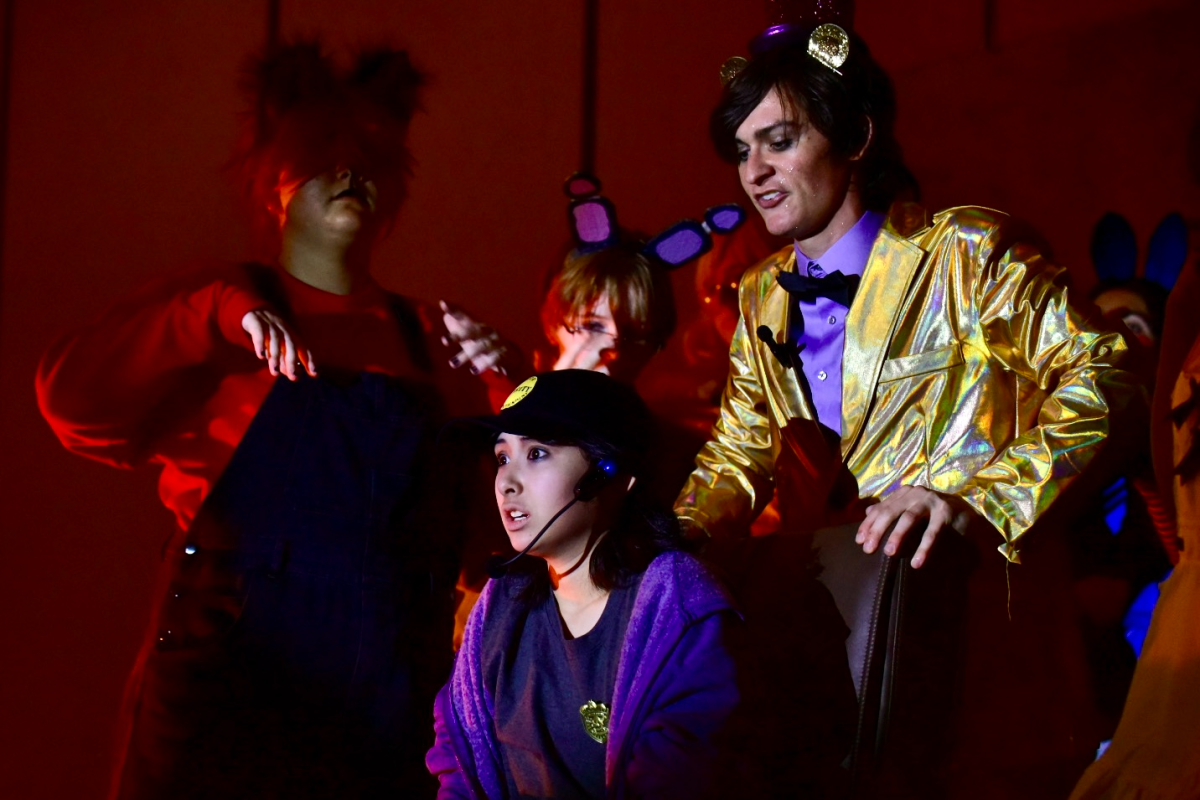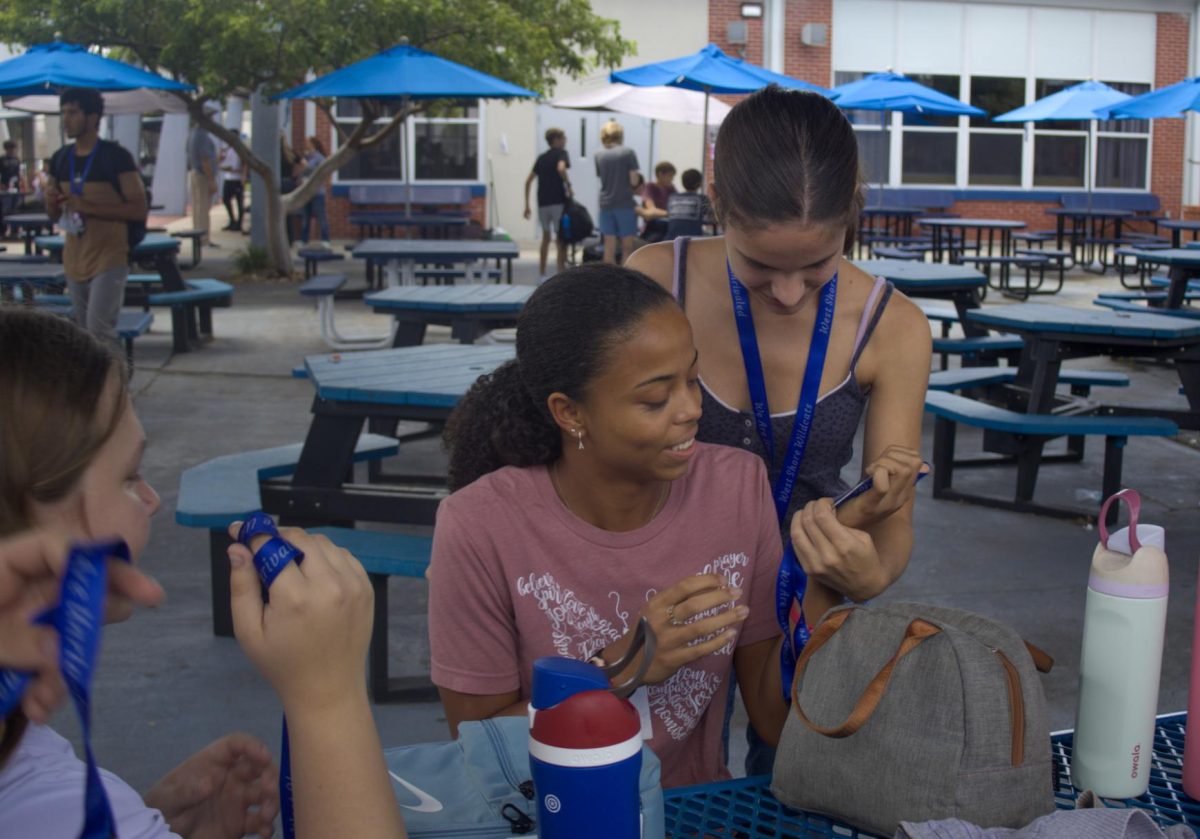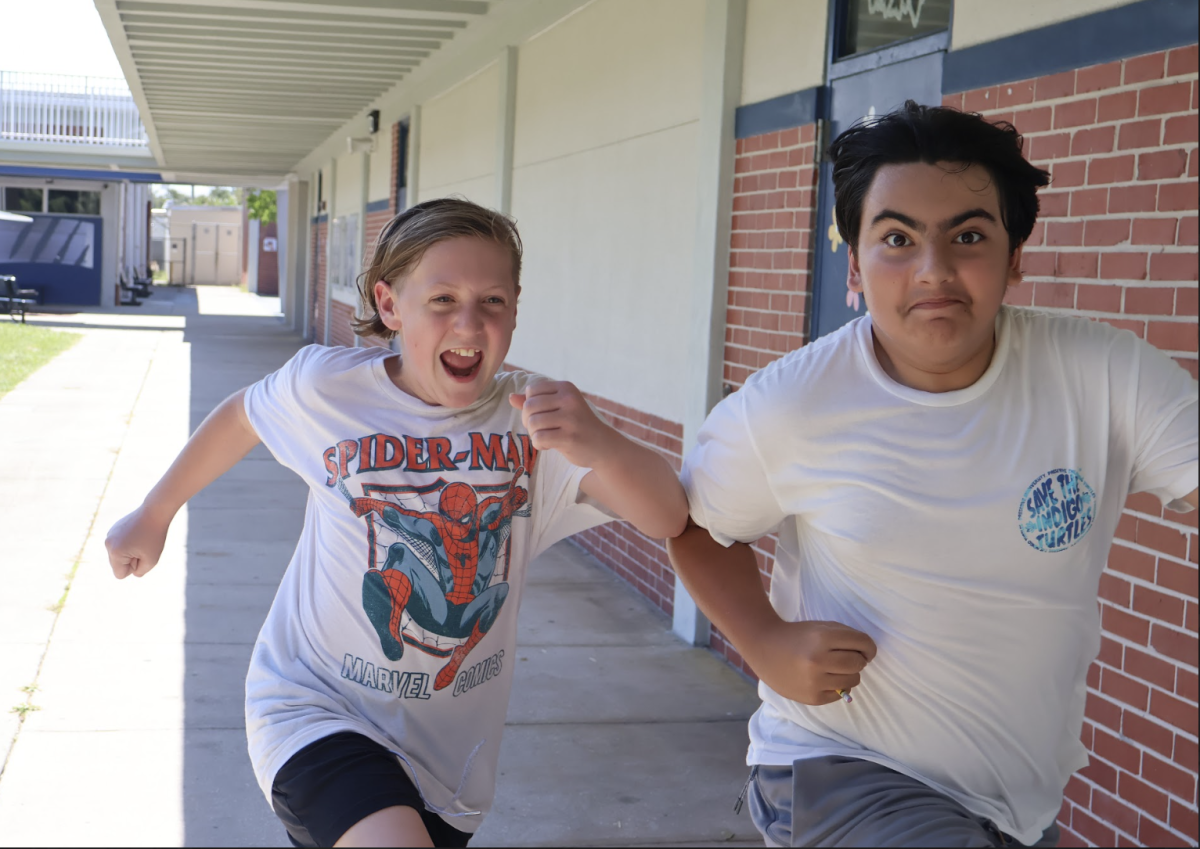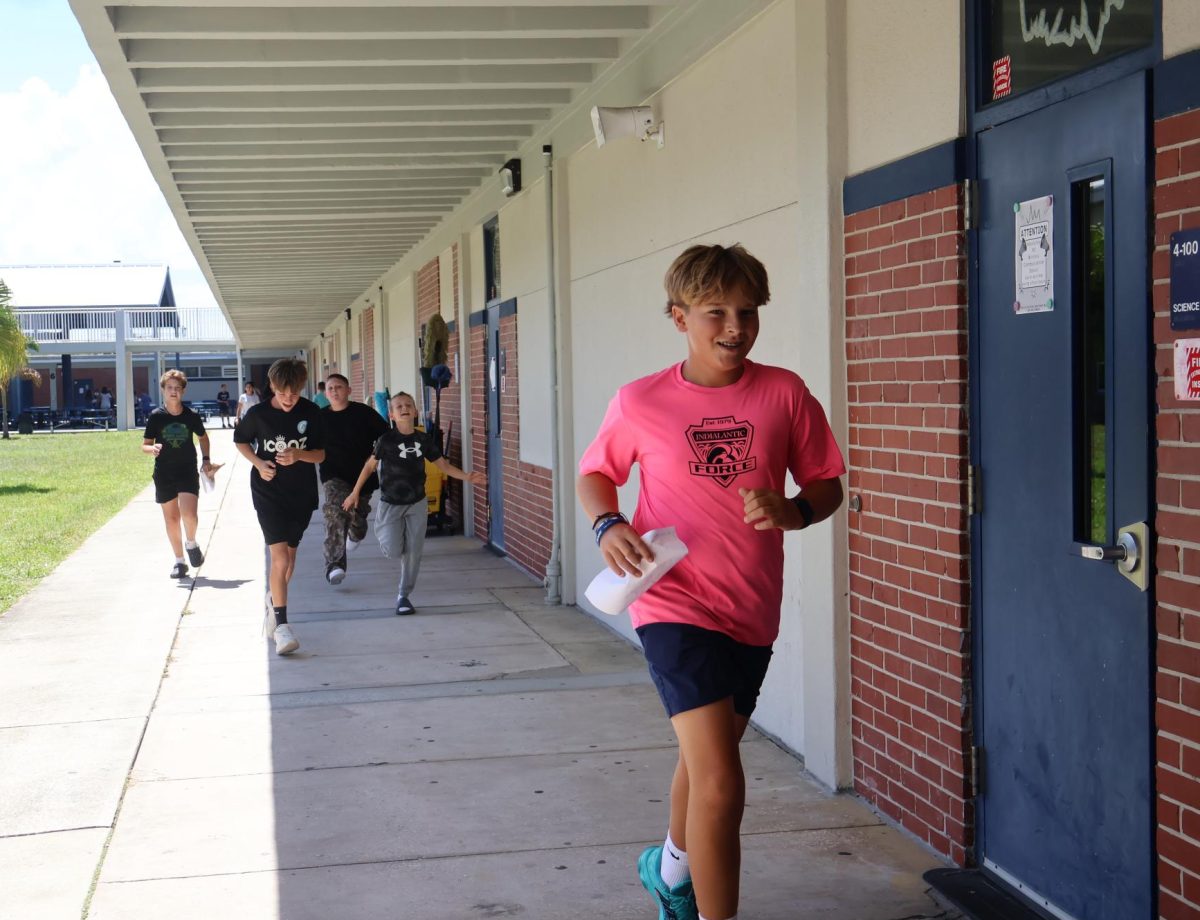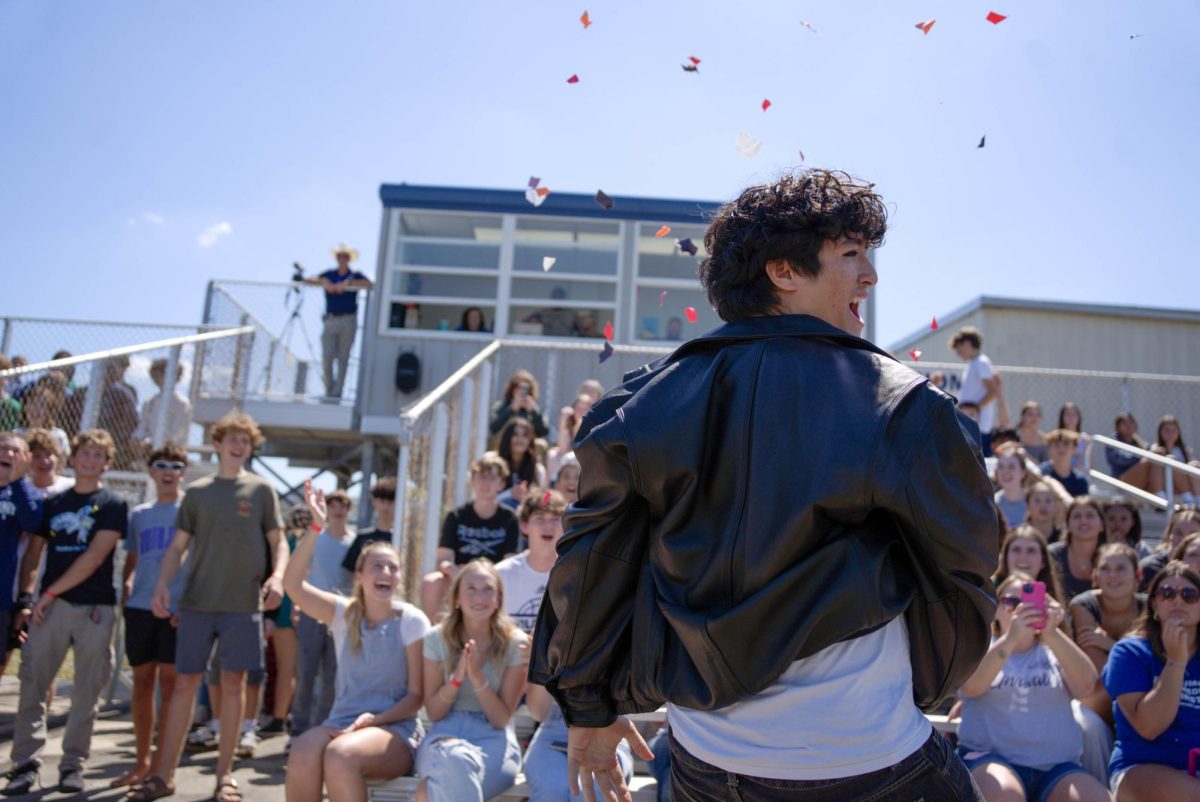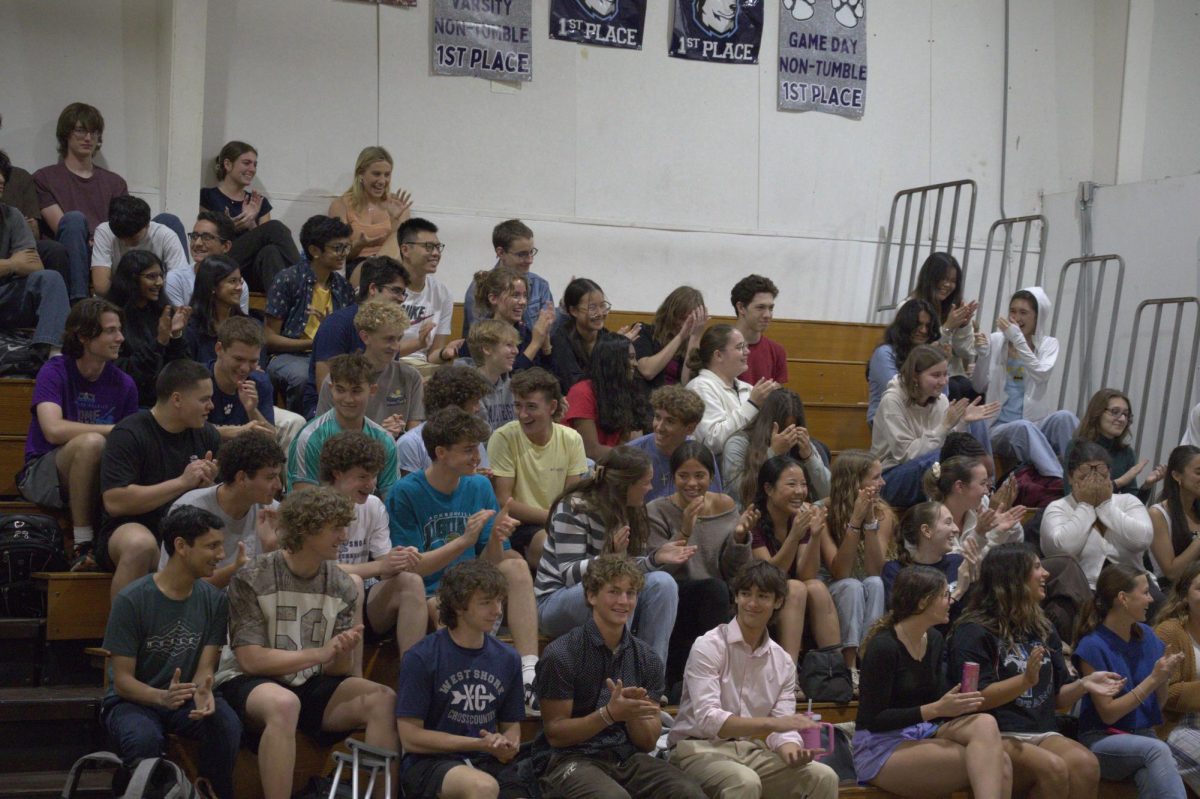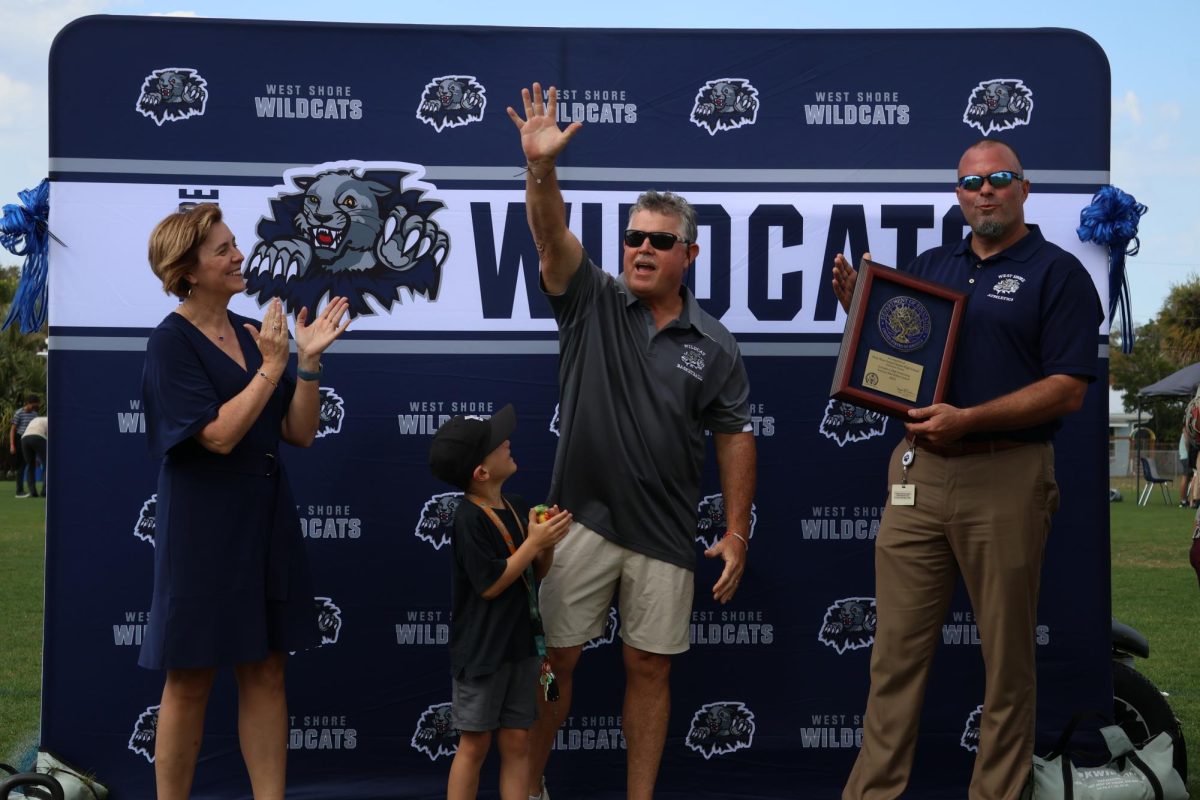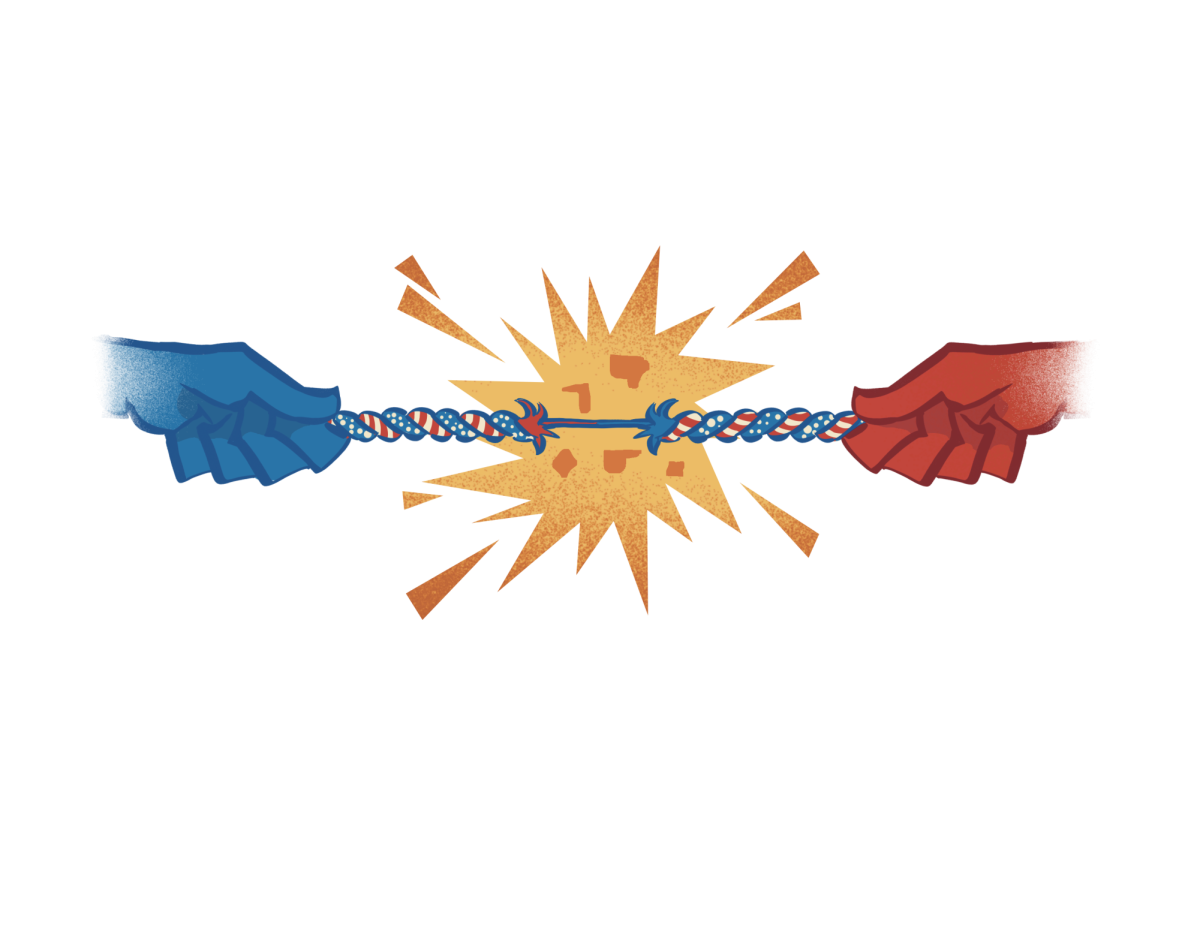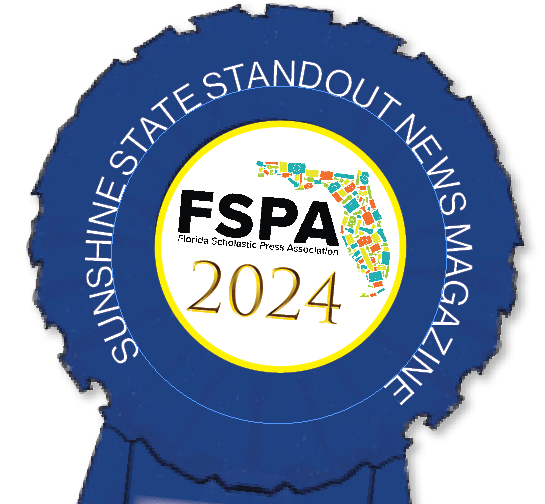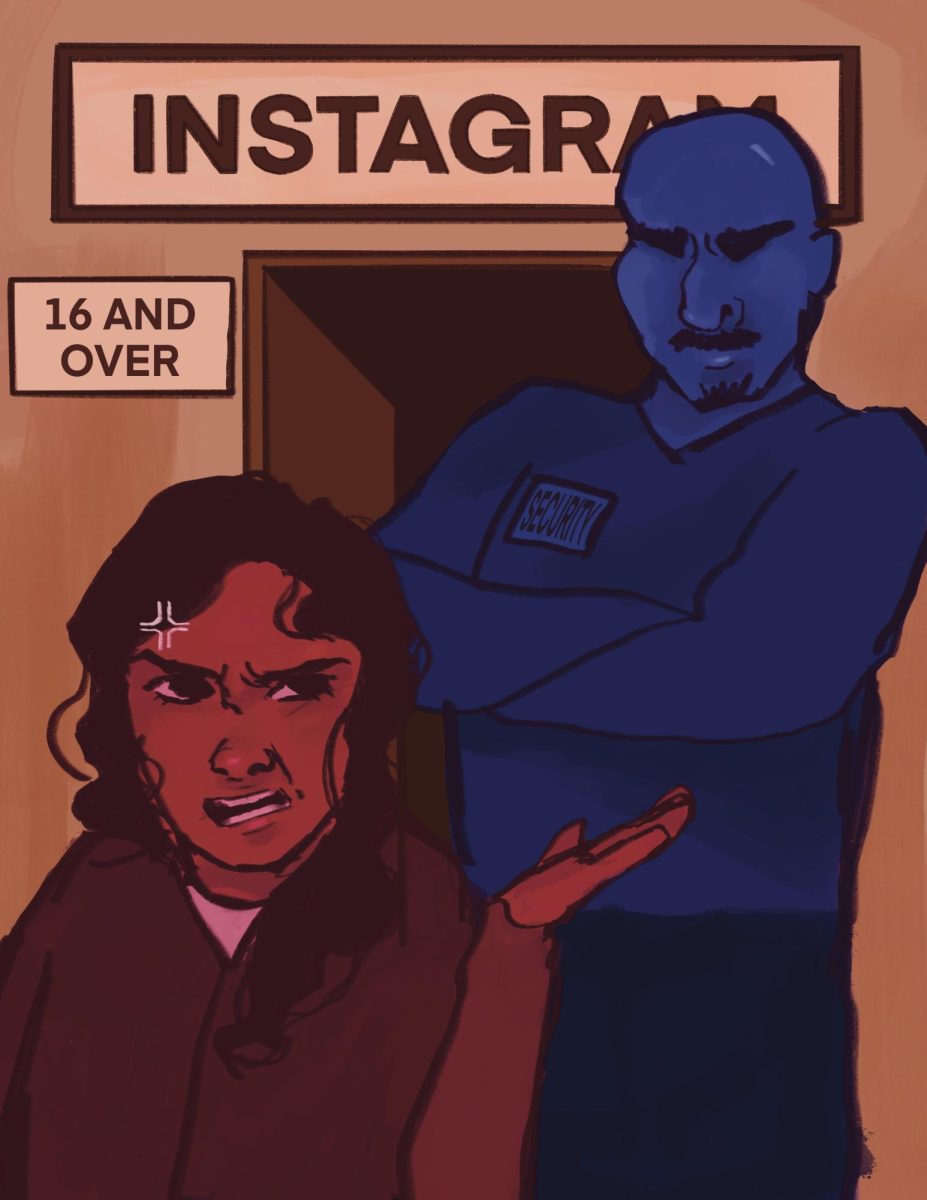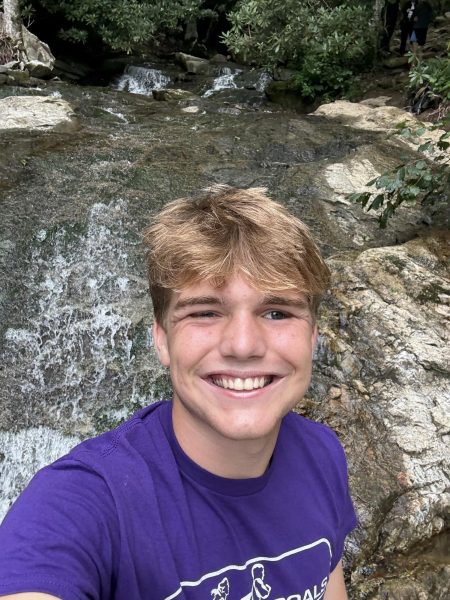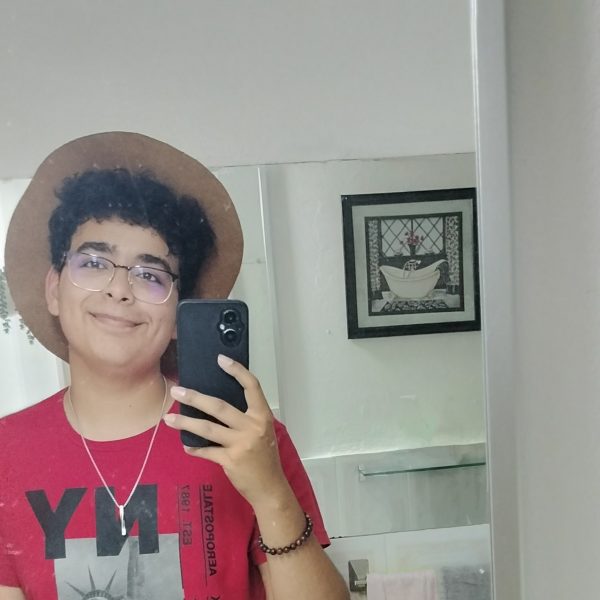Sometimes, it seems like the only thing that can unite West Shore students is testing. Roaming the hallways, an astute listener can constantly hear students comparing SAT scores, discussing essay topics and reviewing AP subjects. It permeates — almost defines — the culture.
West Shore is more than that. Every single student, teacher and staff member brings their own flair to a vibrant community. Everyone has their own passions, their own talents, their own thing; this rich variety of interests and personalities makes this school so unique. However, this student body can sometimes fail to truly appreciate itself when the focus is always centered on maximizing academic achievement.
Students must drive the effort to broaden this focus. Only by giving equitable attention to this school’s social and creative sides will the community’s foundation be further built upon.
Students must drive the effort to broaden this focus. The community’s foundation will be further built upon only by giving equitable attention to the social and creative sides of the student body.
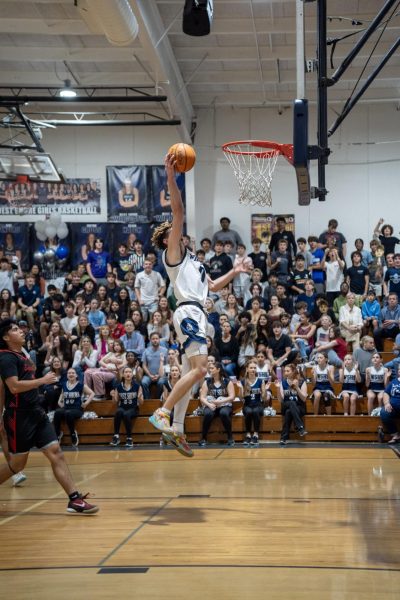
The importance of a school’s culture cannot be ignored. A strong community ties everyone together and forges well-rounded young adults from the determined middle schoolers who enter West Shore’s gates. A welcoming and lively culture is what encourages a cycle of student engagement and subsequent improvement.
Student involvement is key to the formation of a thriving school community. When students involve themselves in their interests within school, they start a ripple effect which stretches far beyond just their immediate circle. This involvement, represented by the passion which students put into their art, sport, instrument or club, acts as a beacon to others who hold a similar passion. Then, new recruits are engaged to match the same dedication. Both the unyielding support and friendly competition that follow allow students to hone their craft together as they engage in their interests and give students a platform for self-expression. This attracts more fascinated beginners to give something new a try, initiating a cycle of improvement from natural interest.
Then, when the school comes together as a whole, each student can display their talents and passions to the awe of the rest, developing a sense of school spirit as people realize all that Wildcats have to be proud of. This spirit builds the school-wide culture which cultivates student involvement as more wish to be a part of something greater than themselves.
The groups formed through this involvement are critical to the formation of the most meaningful relationships that students can make during their high school careers. Through involvement, students can meet the people whom they see eye-to-eye to, forming bonds through shared interests which develop into forever friendships. These quality relationships are key in forming a well-rounded person. According to a study from Rachel K. Narr, a PhD candidate in clinical psychology at the University of Virginia, “high school students with higher-quality best friendships tended to improve in several aspects of mental health” as they grew from 15-year-olds to 25-year-olds. A thriving school community which emphasizes student involvement is evidently key in helping students form strong bonds which help them grow into capable adults. Through the emphasis of students’ individualism and passion, the small communities which tie together the fabric of the larger culture are vitalized.
There have always been opportunities for student groups to display their hard work to larger audiences, with band concerts, theater musicals, sports games, art shows, and news publications consistently delivering quality products. However, these still only reach a niche audience. To complement these events, the school needs occasions where differing students come together to enjoy one another’s company, regardless of extracurricular affiliation. At Homecoming, Powderpuff and Wildcat Challenge, students come together to celebrate school tradition as a collective. In addition, this year marked the first celebration of the new Spring Festival as a prelude to the Blue Ribbon Award acceptance ceremony. This event brought the best of both worlds, uniting the entire population while also showcasing the talents and abilities of different groups. The combination of a multitude of these events during the year allows for students to deeply involve themselves within the community and appreciate the culture which surrounds them.

The key to creating these opportunities for community growth is through student organizations with the ability to plan and execute them. More specifically, students must exhibit leadership to spur the creation of these events. Student leaders are not limited to those with titles, however; they are whoever steps up to make a difference for their community. In academic settings where students are surrounded by peers of the same age, student-planned activities will be far more impactful than those perceived to be forced by outside sources. For example, the Spring Festival succeeded in large part due to the dedicated planning of the Student Government Association along with the cooperation of student volunteers for many other organizations. Principal Burt Clark said he believes in the utmost importance of student leadership when it comes to building community. “Admin can plan, teachers can plan, but grassroots student-led things are always the most impactful,” Clark said. “The schools that I’ve been at [with] the strongest community were because the students led it.”
This year, West Shore has made great strides in providing opportunities for school culture to grow even further. This culture and community is key in helping students maximize their potential. The positive trend witnessed this year must be followed up on, and the responsibility will fall on the coming generations to accomplish this goal. A strong community makes this more than just a great school. By building upon one other, West Shore becomes someplace where every student can fulfill their wildest dreams.

![Sophomore Isabelle Gaudry walks through the metal detector, monitored by School Resource Officer Valerie Butler, on Aug. 13. “I think [the students have] been adjusting really well," Butler said. "We've had no issues, no snafus. Everything's been running smoothly, and we've been getting kids to class on time.”](https://westshoreroar.com/wp-content/uploads/2025/08/IMG_9979-1200x800.jpg)
